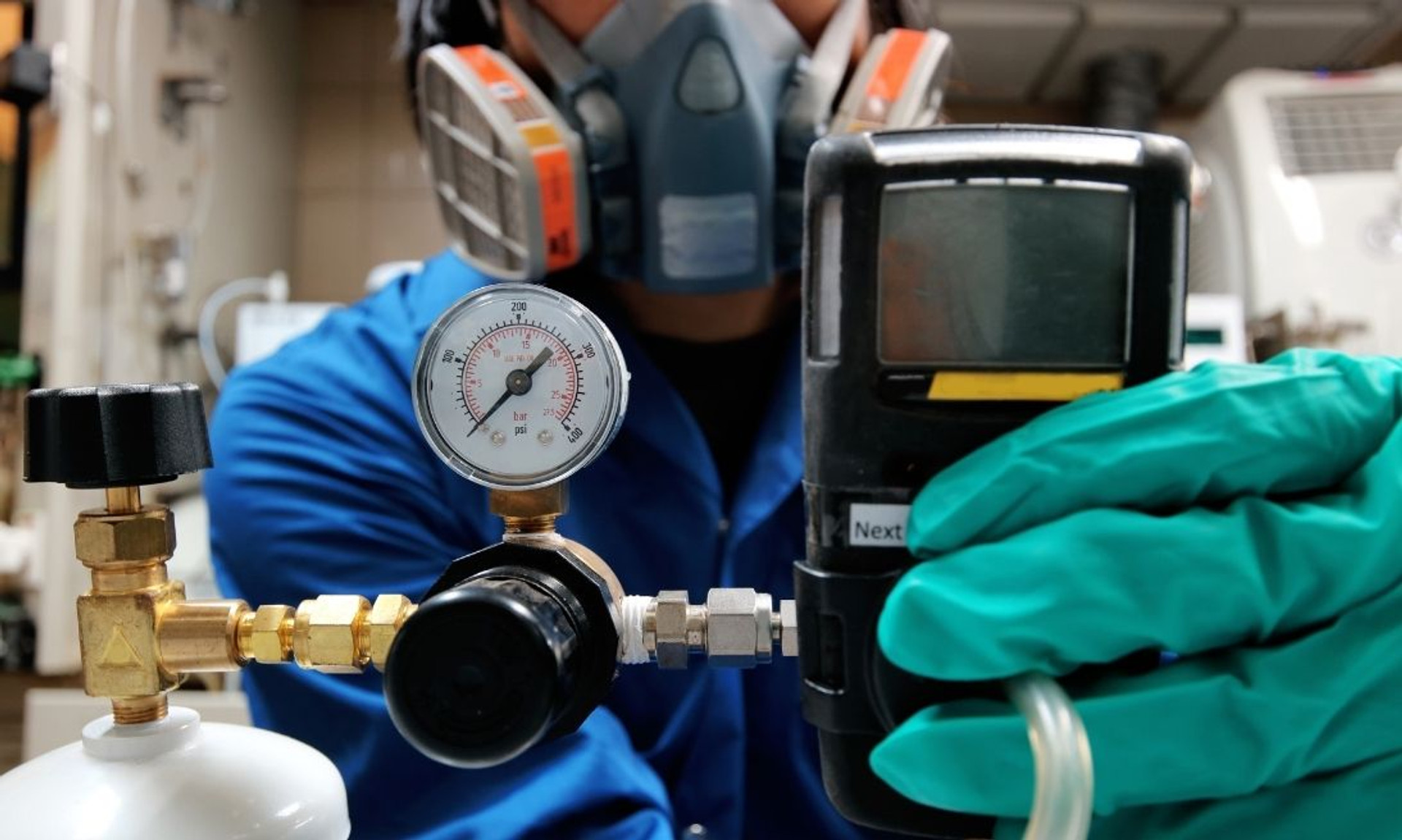The Different Types of Calibration Gas
Calibration gases are vital to society. These gases are used as comparative mixtures; they make it possible for analytical instruments to read measurements accurately. Several aspects must be present for a mixture to be considered suitable for calibration. Many people may wonder how these mixtures differ. Learn here as we break down and examine the different types of calibration gas.
What Is Calibration Gas?
Calibration gas, also known as a calibration gas mixture, is generally a compressed mixture of gases or gaseous components. Calibration gases are used as comparison standards in the calibration of many instruments. They ensure that instruments such as gas analyzers or gas detectors read correctly. The calibration gas must be traceable to a national or international standard in order to be considered accurate for calibration.
Calibration gases are divided into two categories: zero-calibration and span calibration. A zero-calibration gas is a mixture that contains no flammable gases. Zero-calibration gases are used when gas detection or gas analyzers are calibrated with an analyte gas structure that the detector will not respond to. A span calibration gas is more advanced, as it’s a detectable gas concentration that’s precisely composed and used for a gas detector or analyzer.
Types of Calibration Gas
Volumetric Gas Mixtures
If you’re wondering what the different types of calibration gas are, then you need to look at the types of gas mixtures, since that’s essentially what calibration gases are. A volumetric gas mixture is created through determining with a pressure gauge how much of each gaseous component has been added. Within a volumetric mixture, each gas will occupy a certain amount of space, known as a unit, at a specific pressure and temperature. Each of the gases in this kind of mixture can contract and expand at different rates based on the pressure and temperature, which means the mixture ratios could change depending on the environment.
The volumetric certification is only accurate at the certificate’s specified temperature and pressure. If the mixture is used outside these conditions, the overall composition of the mixture will change, and a compressibility correction will be needed to ensure accurate use.
Gravimetric Gas Mixtures
The second of the two calibration gas mixtures is a gravimetric gas mixture. This type is created by weighing each of the mixture’s gaseous components using accurate balances. This is done with mole and mass fractions, which are independent of pressure and temperature. The mixture’s accuracy is determined by the accuracy of the balances.
The purity of raw materials is the one factor that generally needs correction in a gravimetric gas mixture, which is done by the manufacturer. It also obtains traceability by getting the mass through calibrated mass pieces, which calibration gas suppliers also use to manufacture the highest-quality calibration gas mixtures.
At Mesa Gas, we take such measures ensure a quality offering of specialty gas mixtures for a broad range of applications.

